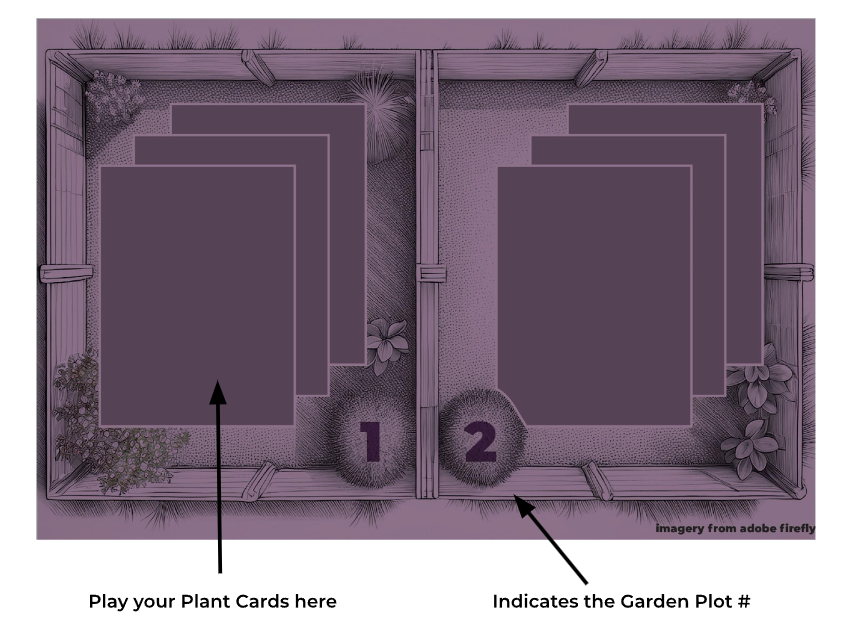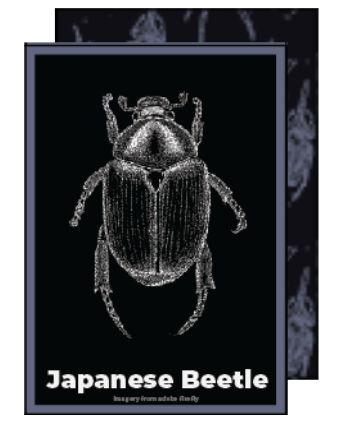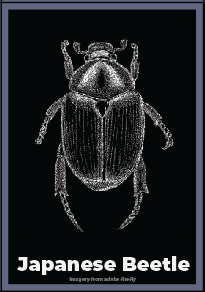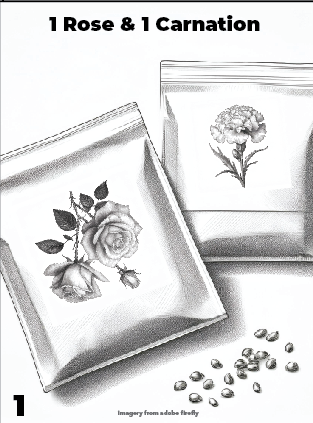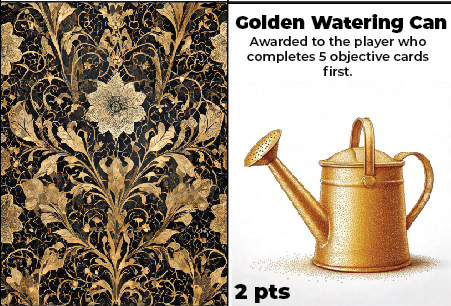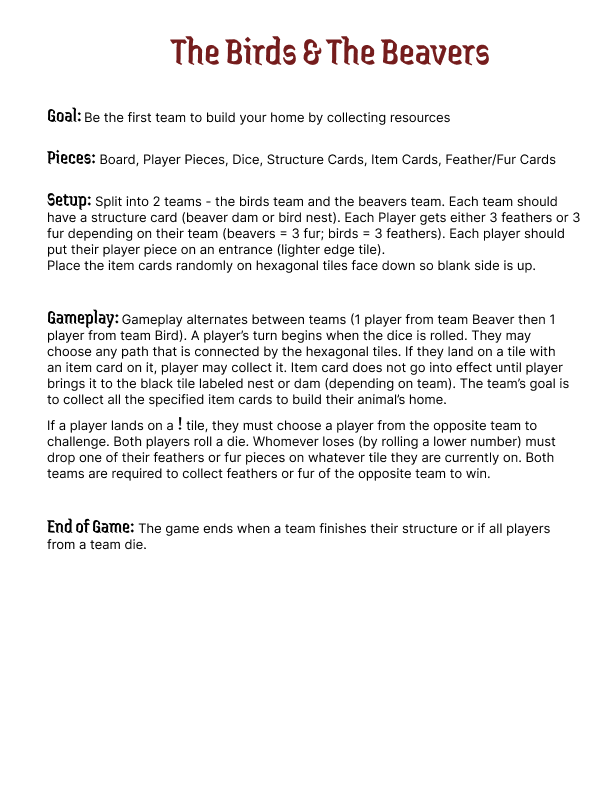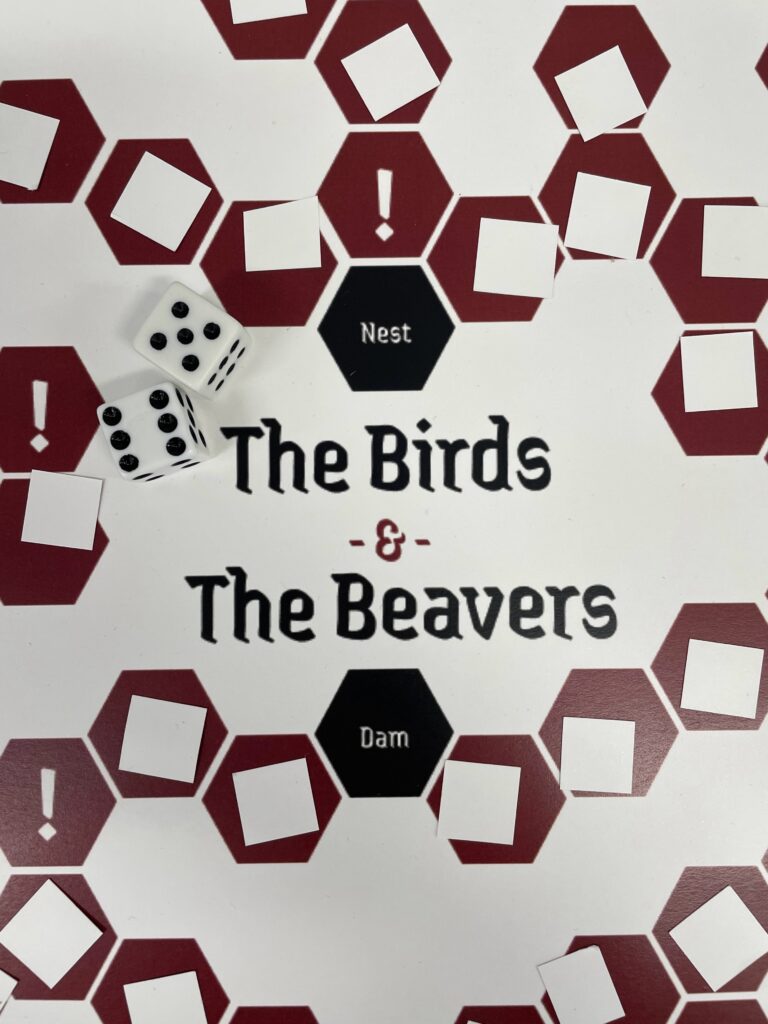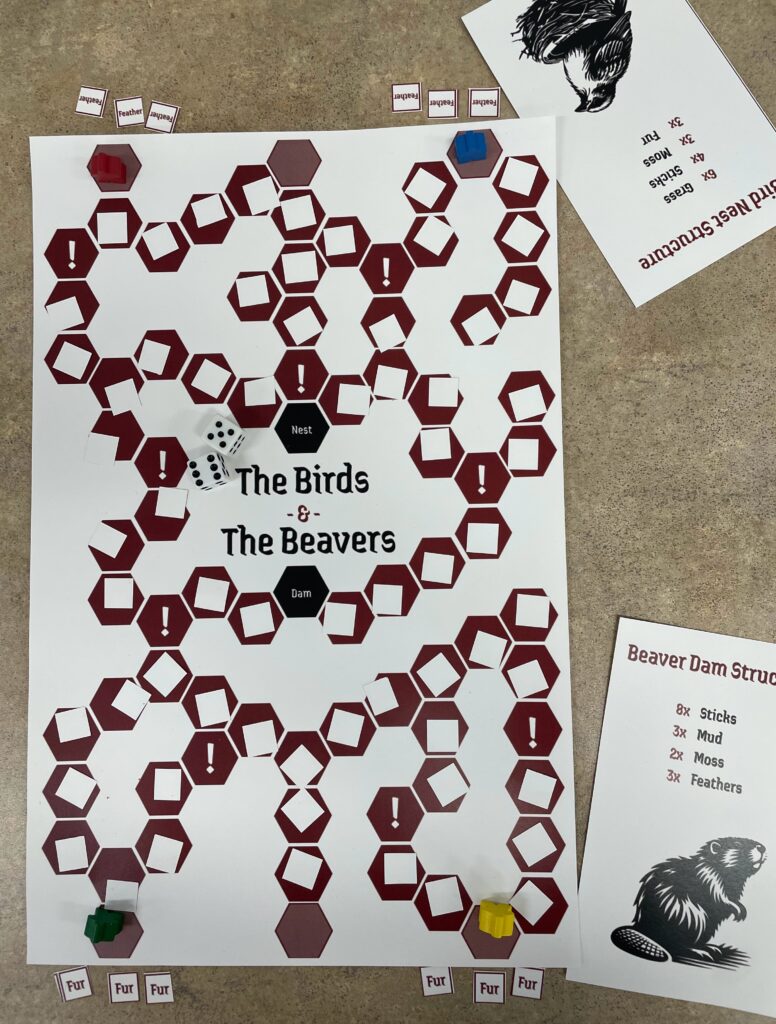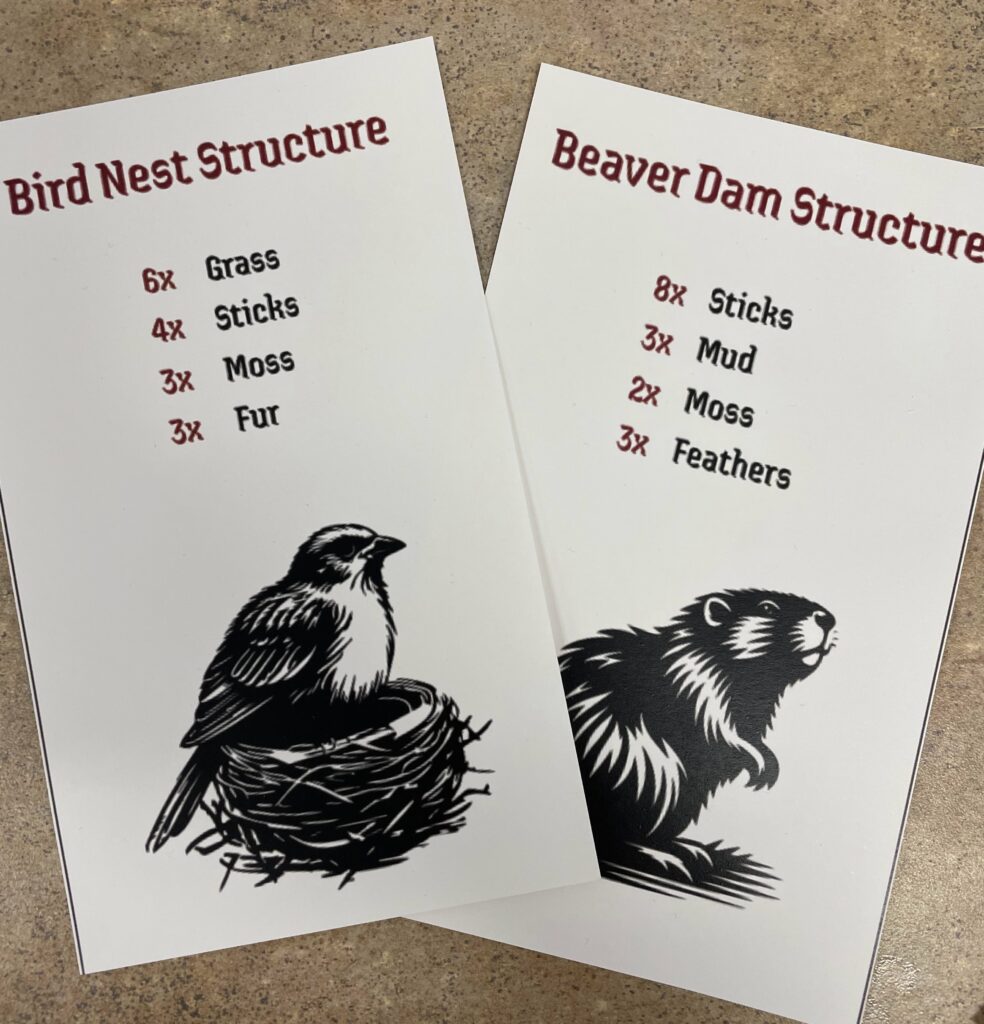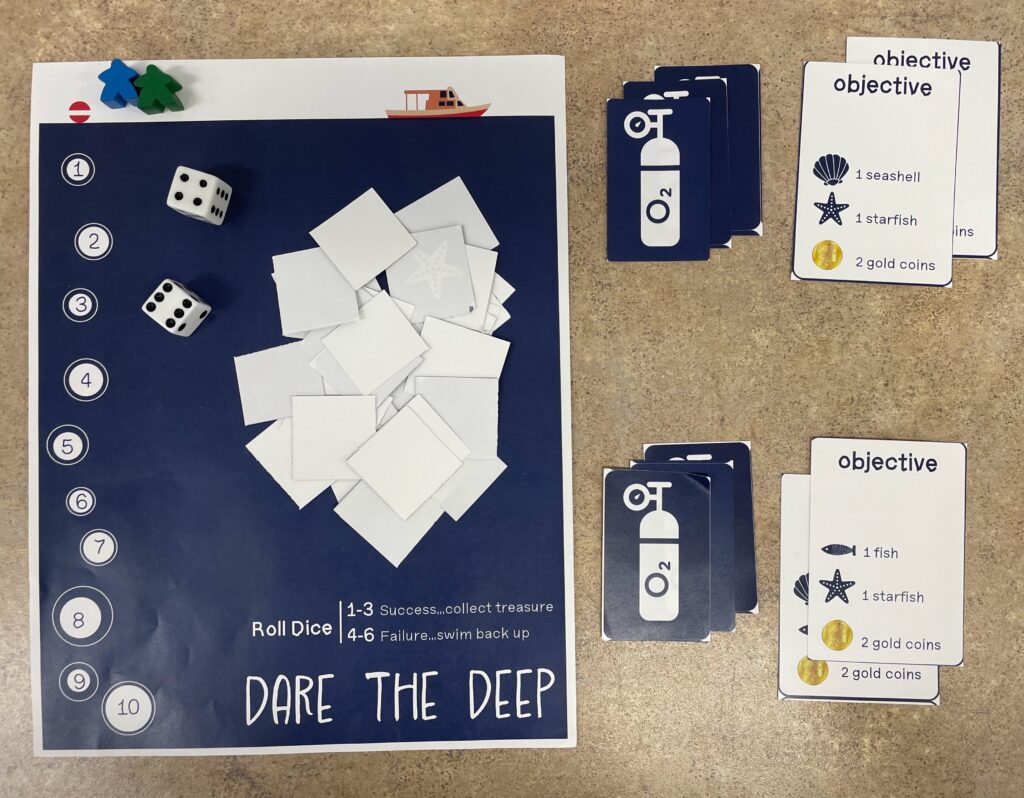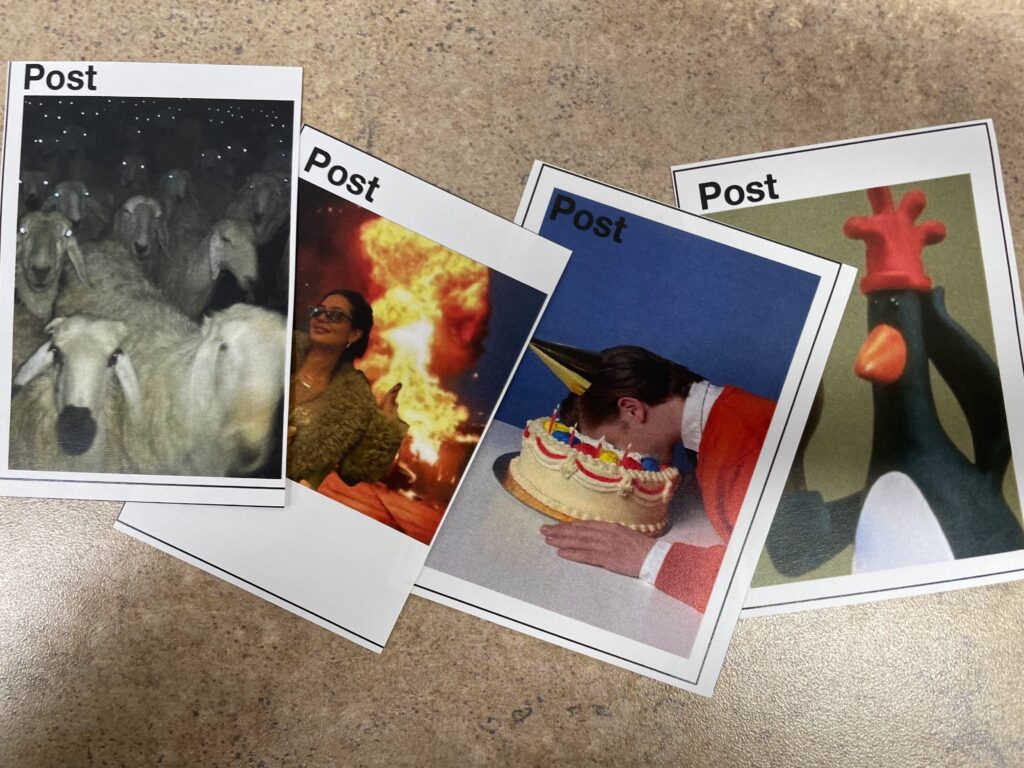Rule Set 1
Rule Set 2
The changes that I made from the first version to this version include:
- adding the pesticide cards as a tangible form to get rid of the bugs
- Making good bug cards worth more since they are so rare in the deck as well as adding more
- Adding a Golden Watering Can card that gives the first player to reach 5 objective cards more points
- Making it 5 cards to trigger the final round instead of 7
- Clarifying some areas of the rules, particularly with discarding cards, the amount of plants you can plant in your garden per turn, and what plant is eaten by a bug
- Adding the option to dig up the plants in your garden
- Action reminder cards that you can refer to throughout the game
- Incorporated a game board into the rules that would have specific places for the cards so that it doesn’t get confusing
Future Changes
- Actually design the game board with the different spots for the cards, making the setup easier and adding to the game’s aesthetics
- Maybe add a spot for the bug cards on the player mats
- Get rid of the two face-up bug cards, as it makes it too easy to sabotage and get exactly the bug card you want
- Clarify and simplify the rules further. For instance, clarifying the pesticide rules and that the order you lay down your cards on the player mat doesn’t matter.
- Design my cards myself, by hand, instead of the placeholder AI generated art (most likely a stippling style, undecided if I would do color or not)
- Add names on the backs of the cards so that the stacks of cards are more easily identifiable or adding the name on the game board itself
- Add more instructions on the cards themselves (like what happens with a bug card or pesticide card)
- Add point values onto the good bug cards so players don’t just need to refer to the rules
- Maybe have a way to protect certain plants/flowers in your garden
- Maybe rename the plant cards to be flower cards?
Thoughts and Lessons Learned From Playtesting
- I learned a lot from playtesting this game. I realized that there is a need to clarify and simplify some the rules more. I thought I had a pretty solid set of rules until it was playtested and the group didn’t really understand it.
- Along with that, I also learned that I really needed to distill some of the information for players since the game is complicated with the amount of actions you can take on each turn. This is why I created the action reminder cards.
- I thought that the players generally seemed to have a pretty good time playing this game. The player’s interaction with sabotaging others’ gardens with bugs was a mechanic that players really seemed to like.
- I would like to continue refining this game at some point, but I likely will do that in the future, but not too much more during this class. I think that it is a pretty solid game idea and I have a lot of the rules and mechanics worked out to the way I want them to be, but I feel as though this isn’t the most original idea for a game. However, I think this game has a lot of potential for the design aspect of it, and I am really really into drawing bugs and plants lately.
Details and Photos of the Game:
